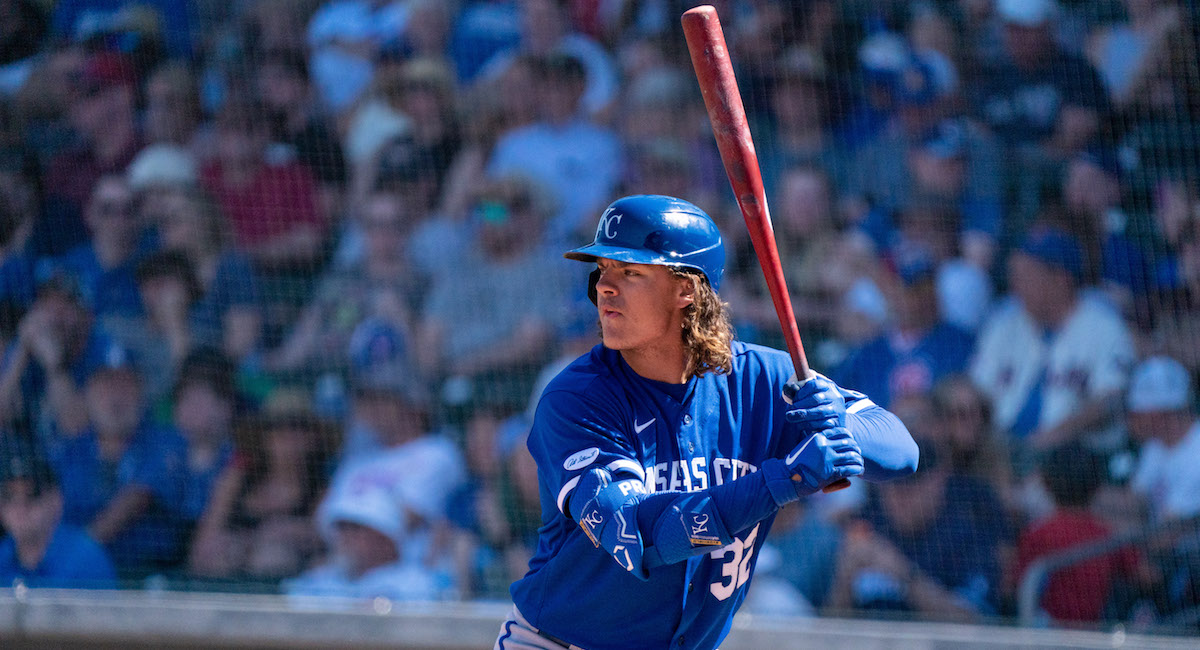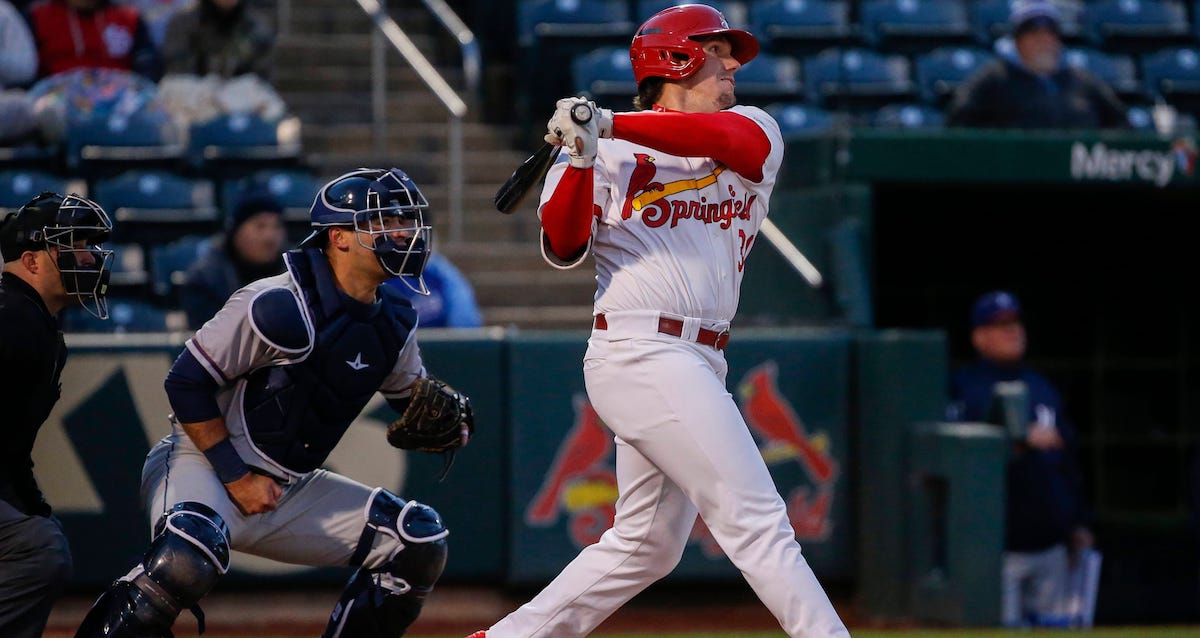Monday Prospect Notes: 5/23/22

This season, Eric and Tess Taruskin will each have a minor league roundup post that runs during the week, with the earlier post recapping some of the weekend’s action. You can read previous installments of our prospect notes here.
Alec Burleson, RF, St. Louis Cardinals
Level & Affiliate: Triple-A Memphis Age: 23 Org Rank: TBD FV: 40+
Weekend Line: 9-for-13, 3 2B, HR
Notes
As the Cardinals are apt to do with their prospects, they pushed Burleson, a former two-way player, to the upper levels very quickly, having him spend most of his first full season at Double-A before a late-season promotion to Memphis, where he began 2022. He has had virtually no issues, slashing .282/.337/.486 so far as a pro, with a whopping .321/.367/.591 line at Triple-A this year. Burleson has above-average raw power and is hitting the ball hard despite utilizing a simple swing, one that becomes even simpler when he has two strikes. He is adept at hitting up-and-in fastballs, though he sometimes strangely inside-outs them to left field, and he also tends to take pitches down and away from him the opposite way, with enough strength to do extra-base damage in that direction.
Burleson is a pretty aggressive hitter whose chase rates have historically been in the 37-40% range, which would put him among the top 25 or so swing-happiest qualified big league hitters. It’s a somewhat scary underlying data point for a guy who doesn’t bring a lot to the table on defense, as Burleson is a tentative corner outfielder with a surprisingly average arm for a former college pitcher. Burleson has absolutely put himself in the short-term big league conversation with his upper-level performance, but there’s still bust risk here and he’s likely a corner platoon bat who’ll compete with Lars Nootbaar (who has better plate discipline, but a swing less optimized for power) for plate appearances against righties once Corey Dickerson’s one-year deal is up. Read the rest of this entry »






